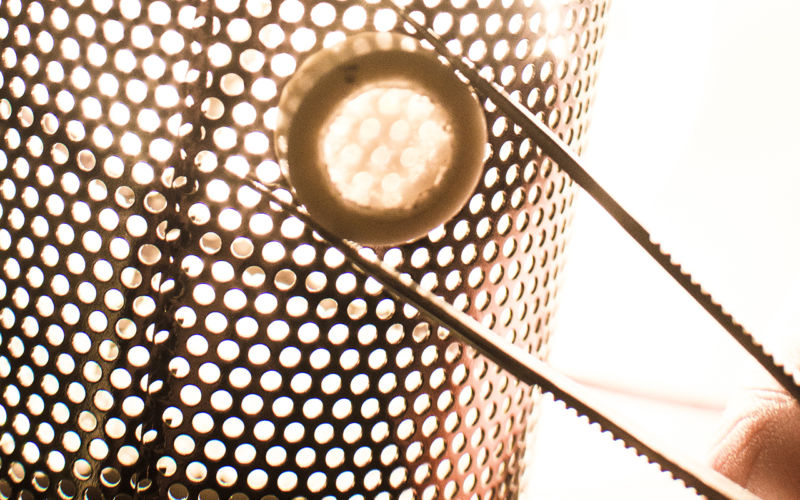Ceramics enter a new era with laser-welded joints

What makes a good construction material? There are many requirements, but one is the ability to efficiently connect different parts. Steel is almost the perfect example: you can join steel with fasteners (like nuts and bolts), by brazing, or by welding. The last of these is especially important. If we couldn't weld metals, life would be quite different.
You don't see this with ceramics. Ceramic parts are the hard-wearing miracle of modern life, but unlike steel and aluminum, you won't find ceramics everywhere. This is because ceramics, though very useful, are difficult to work with. Joining two ceramics, or even connecting a ceramic to a metal, is a difficult and energy-consuming process because ceramics cannot be welded. That has changed, thanks to a team of researchers that is developing a ceramic welding laser.
Welding is rivetingWelding is a really special process. At one level, it is very simple: heat two materials until they melt and flow together. However, the melting is only local, so there is only minimal deformation to the rest of the part. The joint needs to be strong, which means that changes to the structure of the metal should not be too dramatic. Melting metals tend to oxidize vigorously, complicating the process.
Read 11 remaining paragraphs | Comments